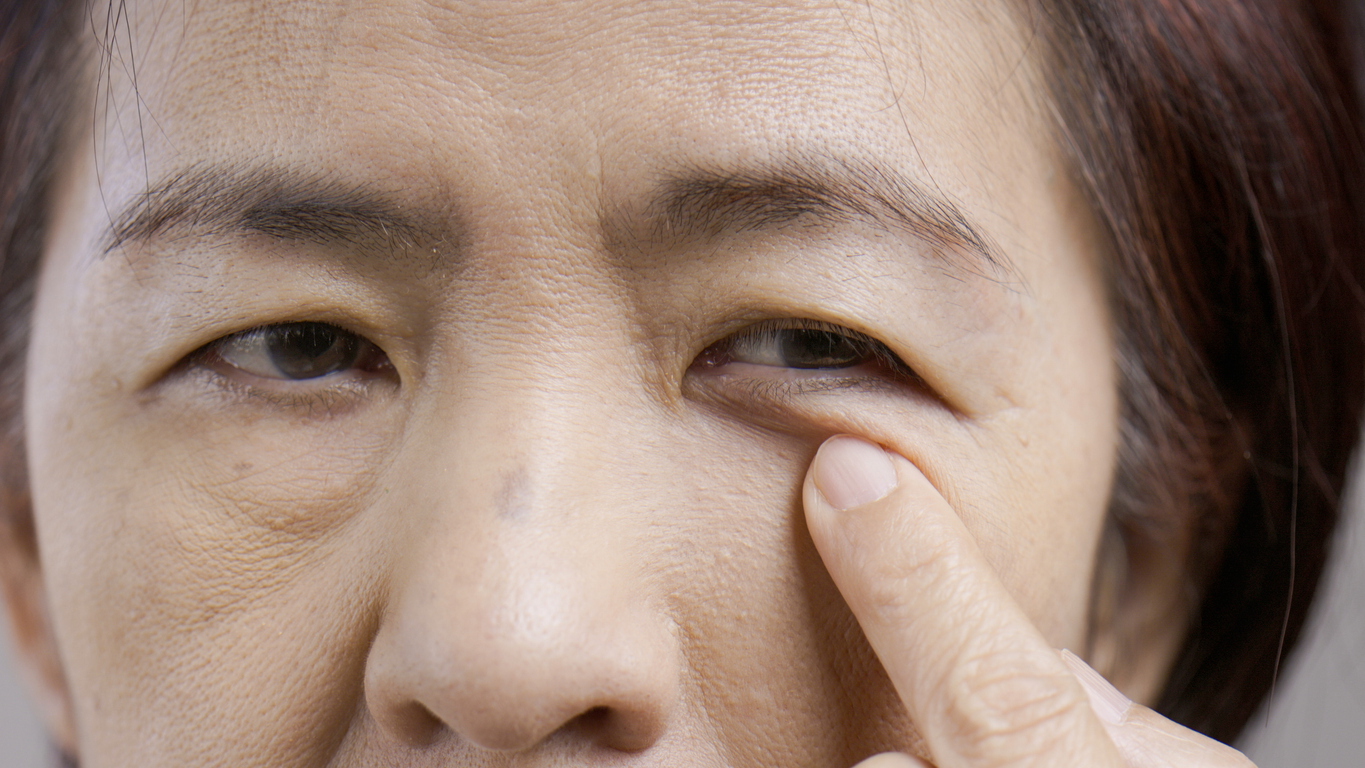You may have heard of drooping or sagging eyelids or know someone with an asymmetrical eye shape. One eyelid may sit lower than the other or hang so low that it covers parts of the eye. This asymmetry creates the impression that one is consistently tired or chronically sick. This worsening condition is known as ptosis, which has many causes and, in extreme cases, needs to be treated with surgery.
The best way to treat ptosis is to contact your reconstructive surgeon in Denver for an appointment. During your consultation, you can talk about what is bothering you about your eyelids and what you would like to change. Depending on additional symptoms, you may be diagnosed with ptosis. Today, we are going to answer common questions like “What causes ptosis?” and “Can ptosis be permanently fixed?”
What is Ptosis?
Eyelid ptosis is a condition defined by heavily drooping eyelids. The most common symptom of ptosis includes the upper eyelids hanging lower than they are meant to, sometimes obstructing vision. Ptosis can be something that you are born with, or it may develop over time as a result of injury or muscle weakness.
Ptosis can sometimes be referred to as simply “drooping lids.” But keep in mind that ptosis is an actual condition that may worsen and impact your quality of life as time goes on if you do not seek medical intervention.
What Causes Ptosis?
Ptosis can come from many different sources, but there are a few leading causes. Ptosis is usually not affected by risk factors as these causes can occur for a variety of reasons:
Genetics
Unfortunately, you may have been born with a case of ptosis. Whether mild or severe, you know what it is like to struggle with uneven-looking lids. Genetics do play a role in your muscular development, though they do not bind you. You can easily get treated for ptosis at the office of Dr. McCracken whether you have had ptosis for a long time or not.
Neurological Problems
Your brain is the central hub for all of your bodily functions. A neurological issue can lead to a lack of communication between your brain and specific levator muscles in your eyelids. Levator muscles are what lift your lids and pull them down whenever you want to open or close them. Neurological events or conditions can cause nerve damage, making it difficult to fully control the muscles of your face.
Injury
You never go through life expecting to get injured, but accidents happen. If something like this were to occur, you could suffer from an injury that leaves your eyelids a little worse for wear. Ptosis repair surgery is a great option that can remove excess tissue, strengthen underlying levator muscles, and repair any damage that keeps you from looking your best.
How Can I Treat Ptosis?
Though ptosis should be taken seriously, it is rarely life-threatening. It may be annoying to have an asymmetrical look about you, and you might be struggling to see clearly with parts of your eyelid drooping into your vision. But there are many treatments available to restore all of the natural strength and beauty that you were born with.
Our one-of-a-kind droopy eyelid repair surgery is a good recommendation for anyone with mild to severe ptosis. Since your eyelids struggle by sitting in a lower position than normal, our surgery works to lift the affected parts of your eyes to bring them back into balance.
What is Recovery Like?
We use a combination of methods to help you repair damaged skin, restore your vision, and transform your beautiful aesthetic image. Because of this, recovery times are varied. However, as this is an outpatient procedure, you are allowed to leave our office on the same day as your surgery. You should follow the list of recovery tips that your surgeon gives you to speed up the healing process even more.
Within one to two weeks, you will be feeling and looking much better. You can get back to work and slowly resume activities until your life is back to normal.
How Do I Sign Up for Ptosis Repair Surgery?
Our eyelid surgery methods are designed around your individual needs, no matter what causes your ptosis. Our surgeries have been incredibly successful for patients struggling with mild to major cases of ptosis. Whether you are born with this condition or you have developed it over time, we are confident that there is a treatment that works for you. Learn about the type of ptosis treatment that will successfully lift your sagging lids and restore a bright, youthful look to your face. Contact us today to learn more.



